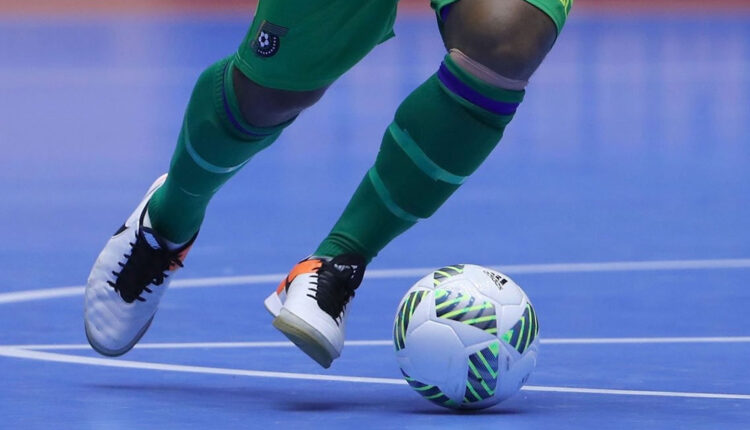Differences Between Futsal and Field Soccer
Discover How These Two Football Brothers Have Their Unique Traits

Understanding the Basics of Futsal and Field Soccer
Futsal and field soccer are two captivating variations of the globally beloved game of football. While they share the same roots, the differences between them are substantial. Both games require skill, strategy, and teamwork, yet each has unique characteristics that define their playstyles. Understanding these differences is crucial for players and enthusiasts looking to enrich their knowledge and appreciation of the sport. Futsal, often played indoors, uses a smaller, heavier ball designed for less bounce, while field soccer is played outdoors on larger fields with a lighter ball. These distinctions lead to varied gameplay and tactics.
Field Size and Environment
A significant difference between futsal and field soccer lies in the field dimensions and environment. Futsal is played on a smaller field, typically the size of a basketball court, which emphasizes quick reflexes and close ball control. The confined space increases the pace of the game and requires players to be agile and precise. Field soccer, on the other hand, is played on a much larger, outdoor pitch. This openness allows for strategic long passes and wider player formations, making it a test of endurance and spatial awareness.
Number of Players
The number of players in each sport impacts gameplay significantly. In field soccer, teams consist of eleven players, which includes a goalkeeper. This larger number allows for complex formations such as 4-4-2 or 3-5-2, adding layers of strategic depth. On the other hand, futsal teams are composed of five players, including the goalkeeper. This setup leads to a fast-paced, high-energy game due to the fewer players on the court, focusing more on individual skills and rapid transitions.
Gameplay and Ball Control
Ball control and gameplay dynamics also differ greatly between these two sports. Futsal emphasizes ball control and quick, short passes. The game’s speed demands precise footwork and the ability to make rapid decisions. Conversely, field soccer involves longer passes and a broader range of play styles due to the larger field size. The emphasis is on strategic positioning and teamwork over long stretches of play, challenging players’ stamina and tactical awareness.
Tactical Approaches
Tactical approaches in futsal and field soccer are influenced by the respective environments and team sizes. Futsal strategies focus on maintaining possession and exploiting the small space with quick one-twos and triangulations. The smaller team size means that each player has a critical role in both offense and defense. Field soccer, with its extensive playfield, requires well-planned formations and endurance. Teams often rely on structured defense and counter-attacks to navigate the large playing area effectively.
Skills and Training Requirements
Skills required in futsal include agility, dribbling, and sharp reflexes given the fast-paced nature of the game. Training focuses on improving quick decision-making and spatial awareness within a confined environment. Field soccer athletes, however, train for endurance, strength, and aerial ability, which are crucial for the broader and more physically demanding nature of the game. Players must develop diverse skills to manage long sprints and aerial duels.
Cultural Impact and Popularity
Finally, the cultural impact and popularity of futsal and field soccer vary globally. Futsal enjoys immense popularity in South American countries, where it is often used as a foundational training method for young players due to its emphasis on technical skills. Field soccer remains the more widely recognized sport with global tournaments like the World Cup capturing the world’s attention. Both games, however, continue to grow and evolve, offering distinct experiences that enrich football culture.
